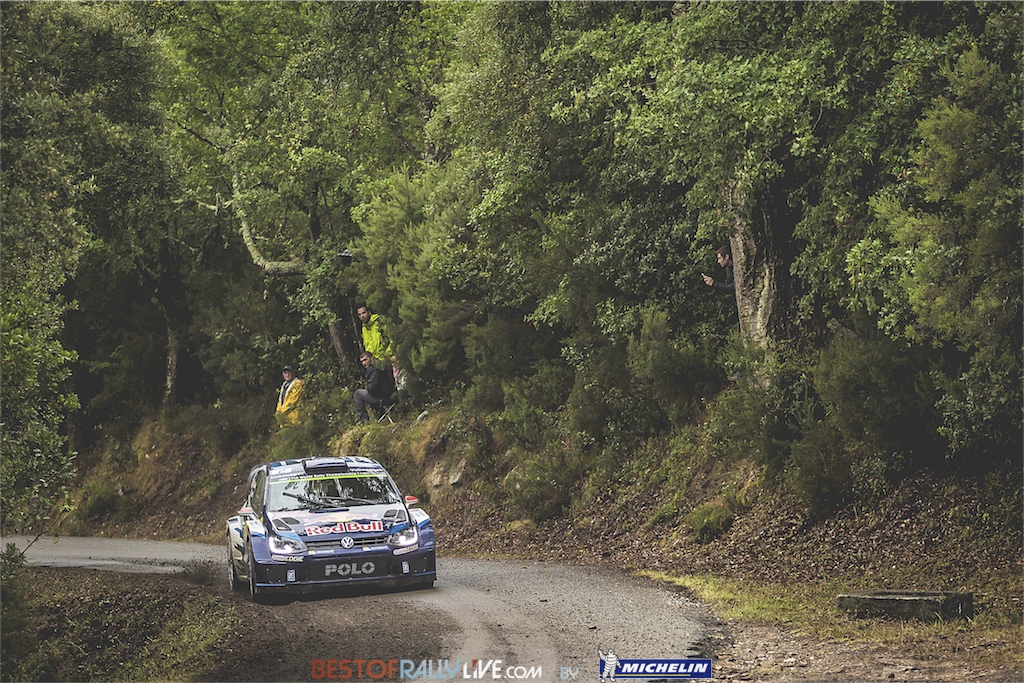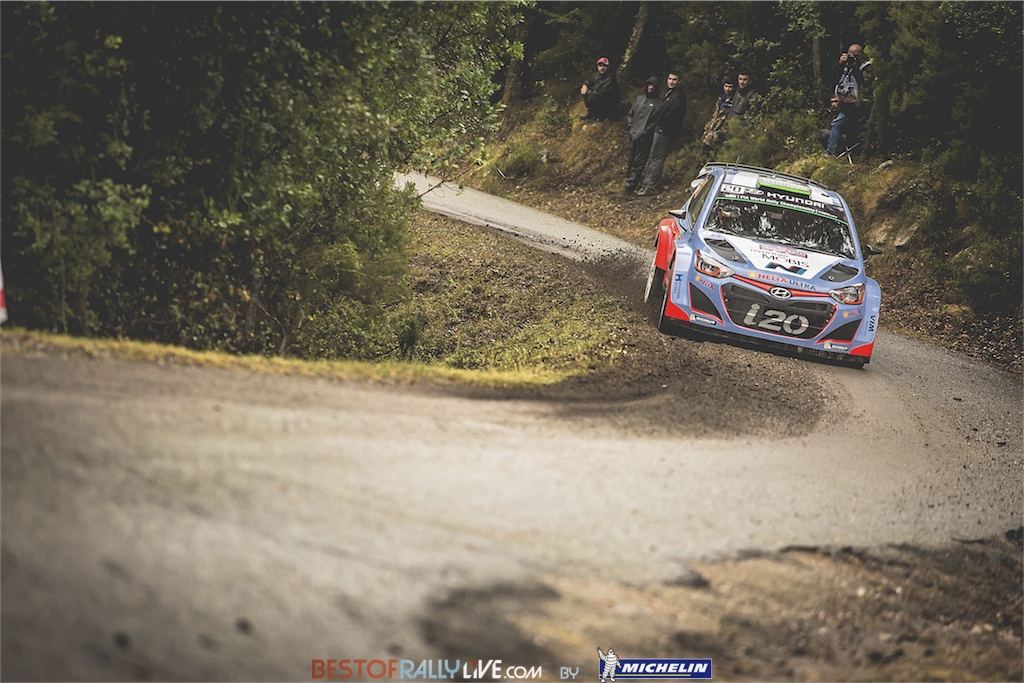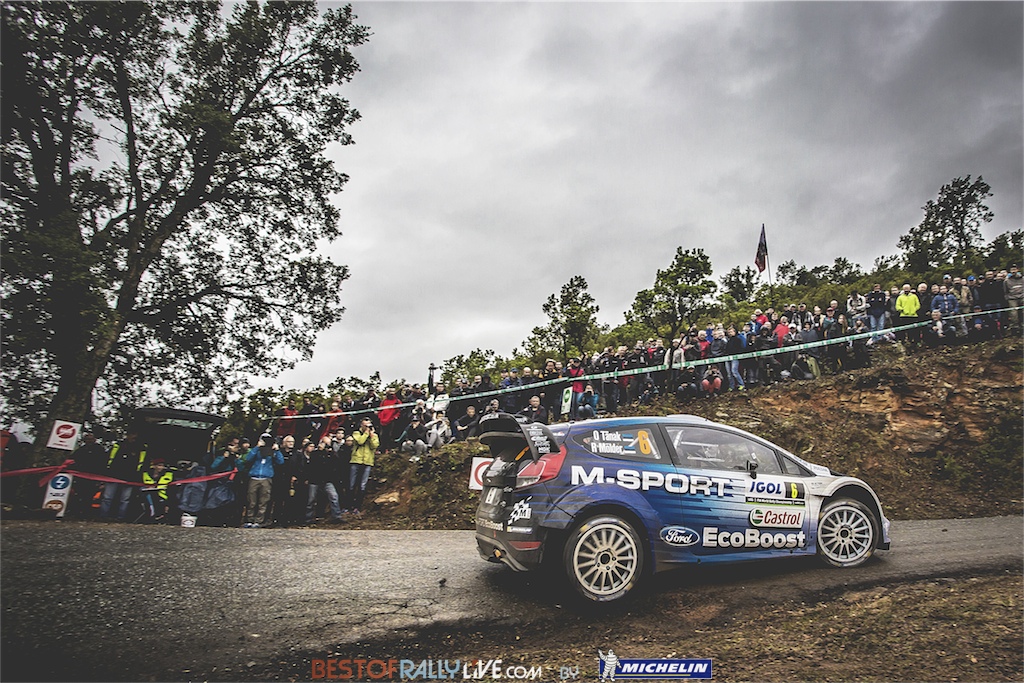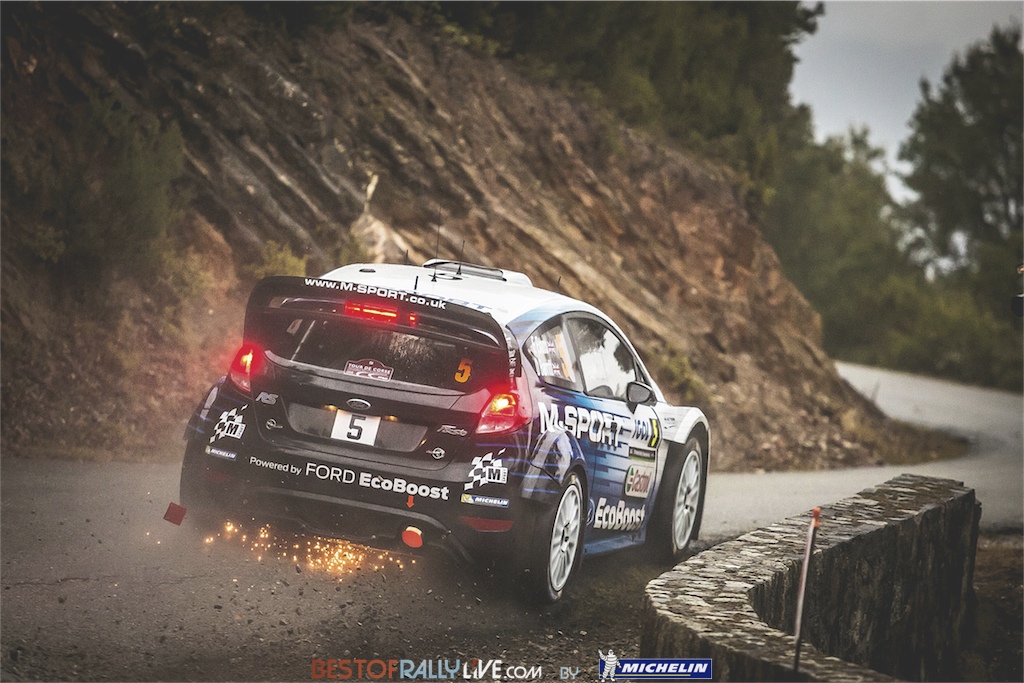La dernière épreuve du Championnat du monde FIM d’Enduro aura lieu ce week-end en France à Réquista. Cette ultime manche sera donc décisive pour l’attribution des titres dans les quatre catégories.
A l’issue d’un mois et demi de trêve, le Championnat du monde FIM d’Enduro reprend ses droits ce week-end et pose ses valises en France pour la septième et dernière épreuve de la saison.
Avec aucun titre décerné, ce Grand Prix de France s’annonce passionnant dans toutes les catégories.
En E1, grâce à son doublé lors du précédent Grand Prix en Belgique, Eero Remes (TM), leader avec sept points d’avance sur Christophe Nambotin (KTM) est le mieux placé pour remporter le titre.
Opéré du ménisque une semaine après la Belgique, le Français a repris l’entrainement depuis un mois et tentera le tout pour le tour pour enlever une quatrième couronne mondiale.
Danny McCanney (Husqvarna – Michelin) et Lorenzo Santolino (Sherco – Michelin), séparés seulement par quatre points, vont se disputer la dernière place sur le podium final.
Il ne manque que trois petits points à Antoine Meo (KTM), en E2, pour coiffer une cinquième couronne mondiale avant se retirer de la scène internationale. Deuxième, Alex Salvini (Honda) est relégué à 37 points.
Derrière Meo et Salvini, il sera quasi impossible pour Loïc Larrieu (Sherco – Michelin) et Jaume Betriu (Husqvarna – Michelin) d’aller chercher la troisième place de Pierre-Alexandre Renet (Husqvarna – Michelin) forfait suite à sa blessure au Grand Prix de Belgique.
A noter le retour de Johnny Aubert (Beta - Michelin) qui aura l’opportunité de monter sur le podium pour la première fois de la saison.
En E3, le duel entre Mathias Bellino (Husqvarna - Michelin), Champion du monde Junior 2012, et Matthew Phillips (KTM), Champion du monde Junior 2013, pourrait connaître son dénouement dès le samedi. En effet, avec 24 points d’avance sur l’Australien, le Français pourrait sceller son sort à l’issue de la première journée.

La dernière marche du podium se jouera entre Matti Seistola (Sherco – Michelin) et Aigar Leok (KTM).
Chez les Juniors, Jamie McCanney (Husqvarna – Michelin) semble destiné à succéder à son frère Danny. En effet, avec 37 points d’avance sur Giacomo Redondi (Beta - Michelin), le pilote de l’île de Man n’aura besoin que d’une 13ème place pour être titré dès le samedi si l’Italien venait à gagner. Sensation de l’année 2015, Steve Holcombe (Beta) cherchera à subtiliser la place de Vice-Champion du monde à Redondi.
The last round of the 2015 FIM Enduro World Championship this weekend in Réquista, France, will decide this year’s titles in all four classes.
After a break of a month-and-a-half, world class endure e action resumes this weekend with a trip to France for the season’s seventh and final clash.
All four titles are still up for grabs, so the French Grand Prix promises some exciting competition in every category.
In E1, the double-whammy result of, Eero Remes (TM) in Belgium has put him seven points clear of Christophe Nambotin (KTM) and consequently in an enviable position to secure the 2015 crown.
The Frenchman underwent a meniscus operation a week after the Belgian GP and was only able to resume practice in the past month, but he will give it his best shot to clinch a fourth world title.
Danny McCanney (Husqvarna-Michelin) and Lorenzo Santolino (Sherco-Michelin) are split by just four points in their bid to claim the year’s bronze medal.
Antoine Meo (KTM) only needs three points in France to wrap up the E2 contest for a fifth time before his retirement from international competition. Second-placed Alex Salvini (Honda) is 37 points adrift.
Loïc Larrieu (Sherco-Michelin) and Jaume Betriu (Husqvarna-Michelin) will do their best to wrestle third spot form Pierre-Alexandre Renet (Husqvarna-Michelin) who is absent following the injury he sustained in Belgium.
Johnny Aubert (Beta-Michelin) returns, however, and will be hungry for his first podium finish of the season.
In E3, the duel between the 2012 Junior champion Mathias Bellino (Husqvarna-Michelin) and his 2013 successor Matthew Phillips (KTM) could be over by Saturday evening since the Frenchman has a 24-point cushion over the Australian.
Matti Seistola (Sherco-Michelin) and Aigar Leok (KTM) will be fighting for third place.
In the Junior battle, Jamie McCanney (Husqvarna-Michelin) looks set to follow in the footsteps of brother Danny. Thanks to a lead of 37 points over Giacomo Redondi (Beta-Michelin), the Manx rider only needs to finish 13th to seal the title if the Italian wins on Saturday. Meanwhile, the year’s sensation Steve Holcombe (Beta)will be out to steal the silver medal from Redondi.









